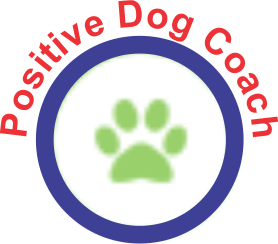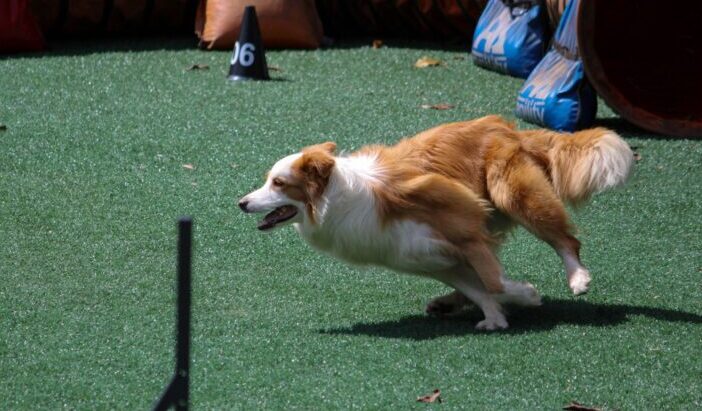As a softball coach, skill acquisition depended on many factors including the developmental stage that the players were in. For example some skills could be too complex for an 8 year old who just began the sport than it would be for a 16 year old that has been playing for a while. The training stage can depend on their chronological age which would dictate physical training and their experience age, which could have more of an impact on the game skills.
From what I have learned, there are developmental stages for puppies and dogs as well. It could be broken down into age and experience similar to skill acquisition with athletics. The easiest comparison is our 11 month old puppy who is having trouble with her arousal level when greeting other dogs, or when she wants attention from us or our guests. We have been informed that her brain is not yet matured enough so this task is not going to be easy. We can however coach her to control it to some degree with exercises and and skills that require arousal control.
Skill Acquisition and Age
Puppies begin learning right away. Some believe that once dogs become adults they can’t learn new skills because of their age. From what I have learned, it is not because of their age that can make it difficult. It is because of the number of times they have rehearsed the action through their growth. That’s why I think they tell us to try to prevent Rylee from rehearsing what we might consider bad behavior.
For example, if we let her jump up on our guests every time they come, it will be her go to response. When I was coaching softball players, If they always swung the bat a certain way, and they are now 17, it will be their go to way to do it if there is any stress while she is at the plate. I am getting that the less times our puppy rehearses a response, the easier it will be to teach her to respond the way we want her to. So when she greets people at the door, she sits in front of them and offers them a nice calm dog that might be really excited inside, but she has learned that she will get attention and the kind of greeting she wants.
Skill Acquisition and Environment
We had to realize that for Rylee to have success, she needs to have success in familiar environments consistently before we can expect her to achieve it in a new environment. When we are working on her skill acquisition, we will practice at home in a very predictable environment. Then when she is ready, we can add distractions. It is not that much different than when I was coaching softball players. This is what practices are for. We even use video analysis with Rylee just like in coaching. We video the activity and then we can send it to our certified dog trainer and she can give us feedback. With our mobile phones now we can even do it outside of the house.
Working on Rylee’s arousal and loose leash walking, we at one point realized that we were putting her in a challenging situation. She was 9 months old and we were taking her to an off leash trail. That was not the place to ensure success for her or us. There were dogs running around and she wanted to be part of the fun of course. But she is not ready for that so we simply stopped taking her there. She still gets to play with her puppy friends who we get together with individually once per week.
Skill Acquisition and The Unknown
There are always going to be situations that we do not expect. Some are going to go well and some are not. If we can be prepared for them during her skill acquisition to some degree than we should be able to refrain from having her rehearse too much unwanted behavior. For example, when we are walking in our neighborhood, if we come across another dog and she is not ready for walking by the dog calmly, we can simply cross the street and give her some distance from the dog.
It is hard to remember though when we encounter situations that are perfect training opportunities. When we meet a neighbor, sometimes Rylee wants to say hi. We have to remember to have her first be calm, then allow her to go and say hi. Once she has said hi, then if we continue talking, she is actually learning and choosing to sit beside us until we are ready to continue on. She may eventually choose to lay down and relax. We will sometimes get home though and think to ourselves, we should have had her …….
Here are 10 Essential Skills for Dogs From the American Kennel Club

